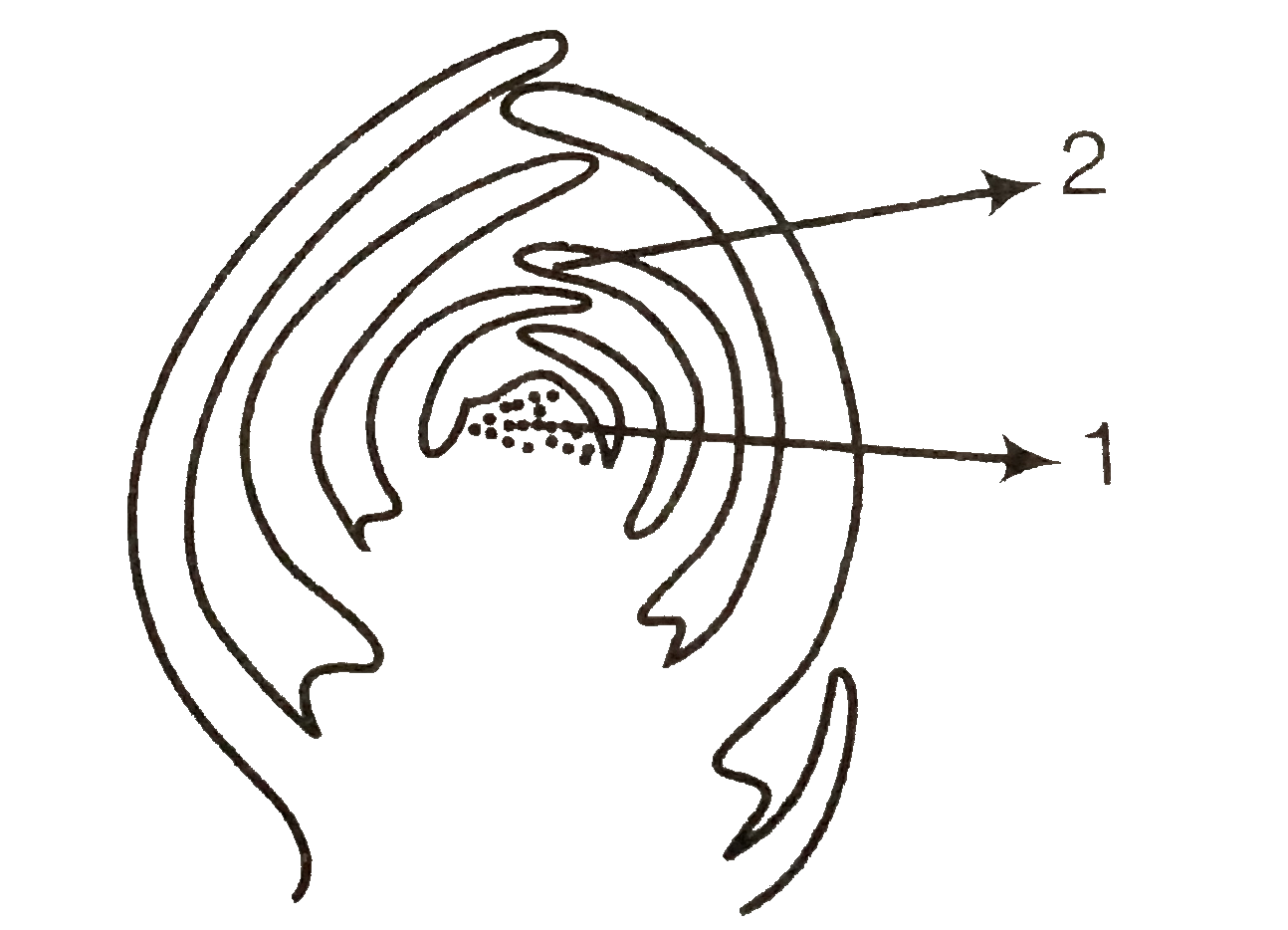(a) With the help of well-labelled diagrams, describe the process of plasmolysis in plants, giving appropriate examples.
(b) Explain what will happen to a plant cell if it is kept in a solution having higher water potential.
(a) Plasmolysis can be defined as the shrinkage of the cytoplasm of a plant cell, away from its cell wall and toward the centre. It occurs because of the movement of water
from the intracellular space to the outer-cellular space. This happens when the plant cell is placed in a hypertonic solution (i.e., a solution having more solute concentration than the cell cytoplasm). This causes the water to move out of the cell and toward the solution. The cytoplasm of the cell shrinks and the cell is said to be plasmolysed. This process can be observed in an onion peel kept in a highly concentrated salt solution.

(b) When a plant cell is placed in a hypertonic solution or a solution having higher water potential, the water diffuses into the cell (i.e., movement is observed from higher to lower water pressure region). The entry of water in the plant cell exerts pressure on the rigid cell wall. This is called turgor pressure. As a result of its rigid cell wall, the plant cell does not burst.
Topper's Solved these Questions
Similar Questions
Knowledge Check
- Question 1 - Select One
If a plant cel is placed in a solution having les negative water potential as compare to cel, then
Acell become shrinkBcell become swellCtheir will be no change in cellDcell either become shrink or swell
With the help of well labelled diagrams describe the structure of a typically bacterial cell.
View SolutionA cell is kept in water having low water potential. What will happen?
View SolutionWith the help of a labelled diagram,describe how electricity is gnerated in a nuclear power plant?
View SolutionWhat will happen if a plant cell and animal cell are placed in a hypertonic solution?
View Solution(a) With the help of a labelled diagram, explain the process of electrolytic refining of copper.
(b) Name the substance formed on the surface of copper when it reacts slowly with moist CO2 in the air.View Solution(a) With the help of well labeled diagram explain water cycle in nature.
(b) How is green house effect related to Global warming? Explain.View SolutionLabel the diagram
A.This is which part of a dicotyledonous plants?
B. If wer remove part 1 from the plant , what will happen?
 View Solution
View Solution

